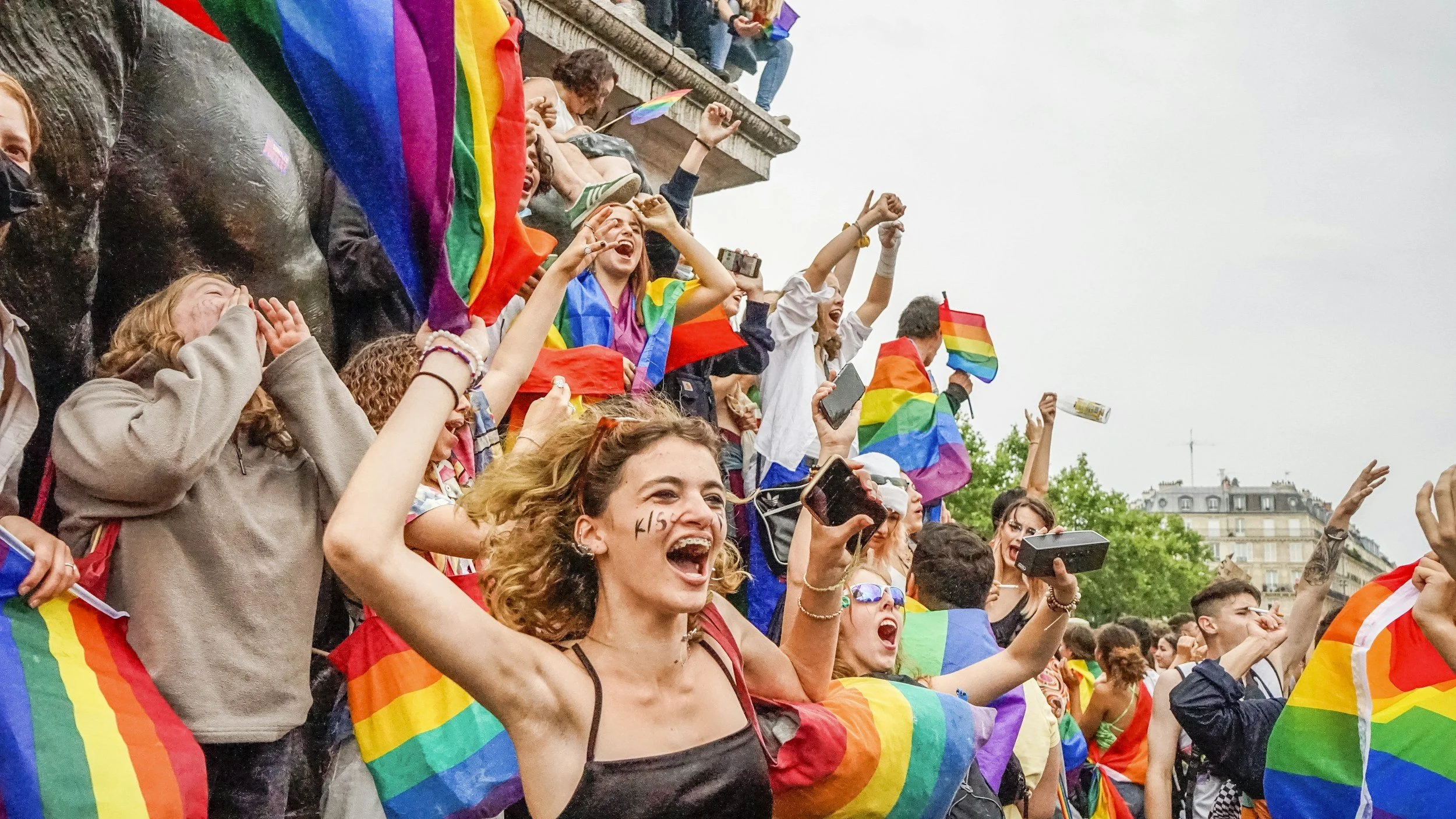More Talked-About Than Talked To, More Attacked Than Attacking: Understanding the Reality Behind the Data on Trans People in England and Wales
Transgender people represent less than 1% of the UK population (0.54%), yet they dominate headlines, often portrayed inaccurately as threats rather than as victims. The data paints a very different—and sobering—picture. Here's a clearer, more detailed look at the evidence:
Key Points:
Trans people make up less than 1% of the population yet face hate crimes at over six times their proportion.
Trans individuals represent only 0.34% of the prison population, contrary to exaggerated media claims.
Actual trans involvement in serious crimes, especially sexual offenses, is statistically negligible (0.003% of adult men).
Media disproportionately emphasizes rare incidents involving trans individuals, skewing public perception and policy debates.
Policy and media coverage need a proportional, fact-based approach to genuinely address the risks and challenges faced by trans people.
A Small but Highly Visible Community
According to the 2021 Census, the first to officially ask about gender identity, 262,000 adults in England and Wales (0.54% of people aged 16 and over) identify with a gender different from their birth sex (Source: Office for National Statistics). Since the census question was optional and excluded those under 16, experts agree this figure might slightly underestimate the true population—but even the highest scholarly estimates remain below 1%.
To visualize this: the entire trans population could comfortably fit into the city of Leicester—twice. Usually, such a small group wouldn't occupy so much media attention unless something besides its size was fuelling the debate.
Targeted Disproportionately by Hate Crime
Police in England and Wales recorded 140,561 hate-crime incidents between April 2023 and March 2024, with 4,780 flagged specifically as anti-trans. Despite being less than 1% of the population, trans people faced about 3.4% of all hate crimes—a figure over six times their population share. This translates to approximately 18 hate-crime incidents per 1,000 trans individuals each year, a stark reality of everyday harassment and danger (Source: GOV.UK).
These are not abstract numbers. They represent real trauma—public slurs, violent assaults, and harmful online harassment. Importantly, the justice system takes these offenses seriously, as indicated by an 85% conviction rate for cases flagged as transphobic (Source: Crown Prosecution Service).
Prison Realities Versus Media Myths
Despite sensational headlines, data shows trans people are far less represented in the criminal justice system than often portrayed:
Out of 87,129 prisoners in England and Wales, only 295 identify as trans—just 0.34%, below their share of the general population.
Among these, 151 legally male prisoners identifying as women or non-binary have at least one sexual offense conviction, while among 50 trans prisoners legally female, the number is "five or fewer" (Source: Parliament Q&A).
Crucially, these figures represent just 0.003% of all adult men. Even if every single trans prisoner with a sexual offense were released, the rate of sexual offenses among adult men overall would change insignificantly—by less than 0.01%.
While every case of sexual violence demands thorough attention, the statistics show clearly that trans people do not drive broader crime trends.
The Media Magnification Effect
The perception of trans people as dangerous arises largely from distorted media coverage. Novara Media noted a striking increase—an 1,817% jump—in Daily Mail articles about trans issues over ten years. Cardiff University research further highlights that most news coverage frames trans people through controversial or threatening lenses rather than as individuals experiencing daily lives, jobs, and families.
A single alarming incident involving a trans individual can dominate headlines for weeks, whereas thousands of hate crimes against trans victims remain mostly invisible. This imbalance skews public perceptions drastically, creating fear and misunderstanding.
Clarifying Real Risks and Dispelling Myths
High-risk realities trans people face:
Hate-motivated verbal and physical assaults, at over six times their population proportion.
Severe online harassment, doxxing, and threats.
Documented discrimination in essential areas like housing, employment, and healthcare (reported by Equality and Human Rights Commission and NHS surveys).
Tiny-risk myths that dominate public fear:
Prison representation lower than population share.
Extremely low involvement in sexual offenses (0.003% of adult men).
No evidence of an "organized gender-based crime wave."
When these misconceptions become policy priorities, resources are wasted, and genuine crises, such as underfunded hate-crime support and overwhelmed NHS Gender Identity Clinics, remain unaddressed.
Data-Driven Policy as a Cure for Panic
Trans people are subject to a level of hate crime that would cause public outrage if targeted at any other community, yet their involvement in crime is minimal. The narrative needs shifting:
Fully fund police hate-crime reporting and independent victim support services.
Close data gaps to inform accurate policy and public understanding of trans lives.
Promote proportionality in media coverage and political debates: discussions should reflect actual data, not exaggerated fears.
Simply Put
Replacing misinformation and fear with clear, reliable data allows for a calmer, more compassionate approach. Protecting a vulnerable minority should rely on fact-based policies, not sensational headlines. By doing this, society can focus on meaningful actions that genuinely enhance safety and inclusion for everyone.
Sources
Gender identity, England and Wales - Office for National Statistics
Hate crime, England and Wales, year ending March 2024 - GOV.UK
CPS data summary Quarter 4 2022-2023 | The Crown Prosecution Service
HMPPS Annual Digest 2023 to 2024 - GOV.UK
HMPPS Offender Equalities Report 2023/24 - GOV.UK
Welcome to Terf Island: How Anti-Trans Hate Skyrocketed 156% in Four Years | Novara Media













